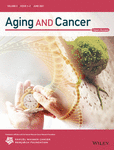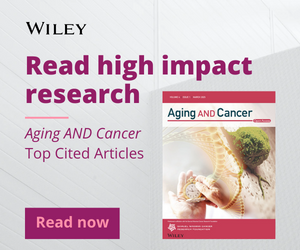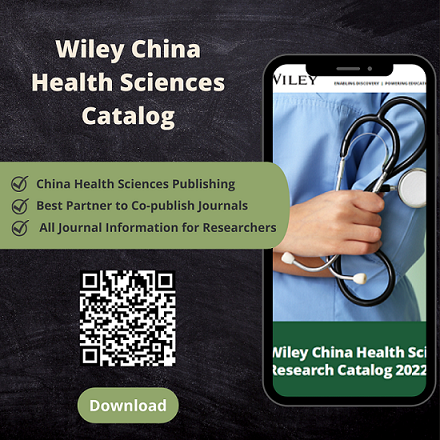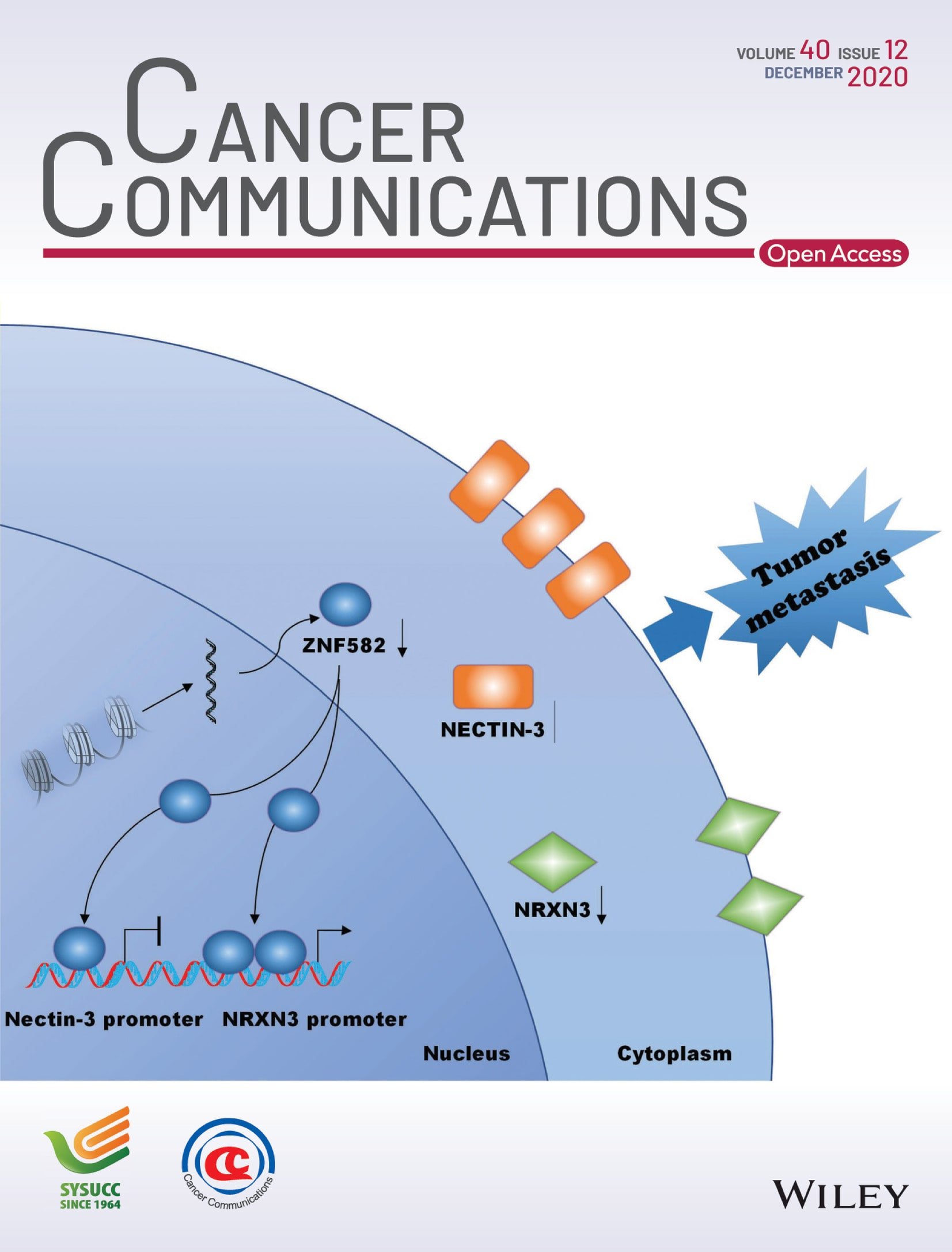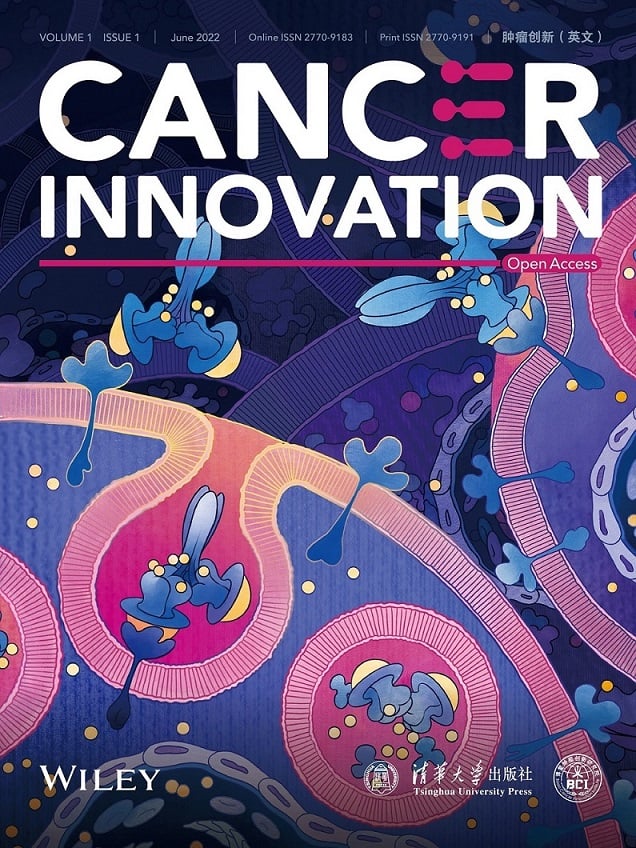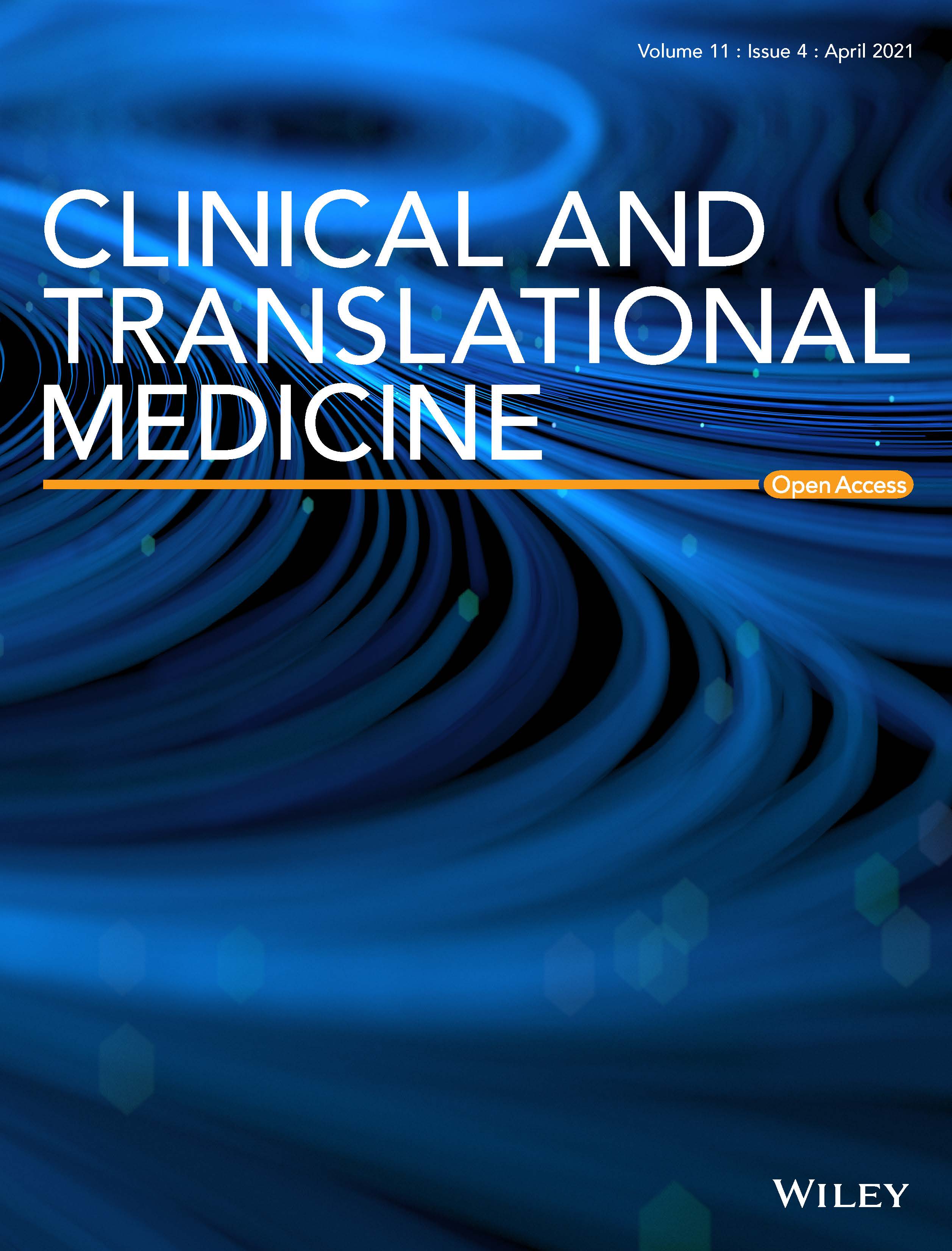Journal list menu
Export Citations
Download PDFs
ISSUE INFORMATION
EDITORIAL
Cancer in old population: We need more practice
- Pages: 4-5
- First Published: 28 June 2021
PERSPECTIVE
A case for improving frail patient outcomes in multiple myeloma with phenotype-driven personalized medicine
- Pages: 6-12
- First Published: 16 February 2021

In comparison to the contemporary approach to multiple myeloma, personalized treatment has the potential to guide more efficient drug selection and disease targeting. Although three drug regimens have repeatedly proven superior in this disease, older adults often receive two drugs to minimize treatment-related toxicities. Consequently, older adults are at risk to receive less effective treatment, contributing to their currently inferior outcomes. Here, we discuss Myeloma Drug Sensitivity Testing (My-DST) as an approach to personalized treatment for Multiple Myeloma by distinguishing relative drug sensitivity (S) versus resistance (R) to the commonly used drugs for this malignancy. Through personalized therapy to optimize the ratio of effective drugs, older persons stand to derive the most benefit if we can minimize poor responses and side effects, simultaneously improving survival and quality of life (QOL) outcomes.
REVIEWS
Skeletal muscle and childhood cancer: Where are we now and where we go from here
- Pages: 13-35
- First Published: 20 May 2021
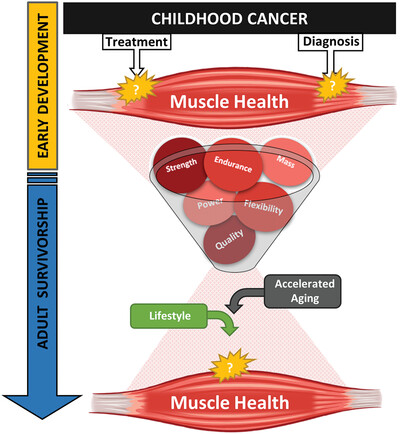
Key muscle development occurs early in life, a time when childhood cancer patients are exposed to aggressive multimodal treatments, placing them at great risk for early declines in muscle health and adverse outcomes later in life. The purpose of this review is to provide an overview of the available evidence describing associations between childhood cancer, its treatment, and the impact on muscle health, identifying gaps in current knowledge.
The potential of cord blood to replenish young immune cells against cancer
- Pages: 36-44
- First Published: 20 June 2021
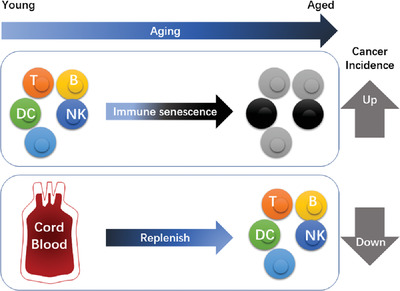
Cancer incidence increases when people get older, which is associated with immune senescence. In this review, the authors firstly summarize the current progress about senescence of innate immune cells and acquired immune cells, such as a dendritic cell (DC), natural killer cell (NK), T cell, and B cell. Then, young immune cells, including hematopoietic stem cells, replenished by cord blood with or without genetic modification against malignant cancer, such as acute myeloid leukemia, and nonmalignant disease are introduced. Beyond that, transplantation of umbilical cord blood to rejuvenate the immune system is further discussed.
Anthracycline chemotherapy-mediated vascular dysfunction as a model of accelerated vascular aging
- Pages: 45-69
- First Published: 22 June 2021
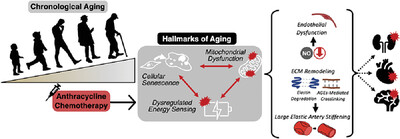
Similar to chronological aging, anthracycline chemotherapy induces an aging-like phenotype in the vasculature (endothelial dysfunction and large elastic artery stiffness), which markedly increases the risk of developing cardiovascular diseases, kidney dysfunction, and cognitive impairment. This review will discuss how select “hallmarks” of aging (e.g., mitochondrial dysfunction, cellular senescence, and dysregulated energy sensing) could be targeted to prevent and/or treat vascular dysfunction with anthracycline chemotherapy.




